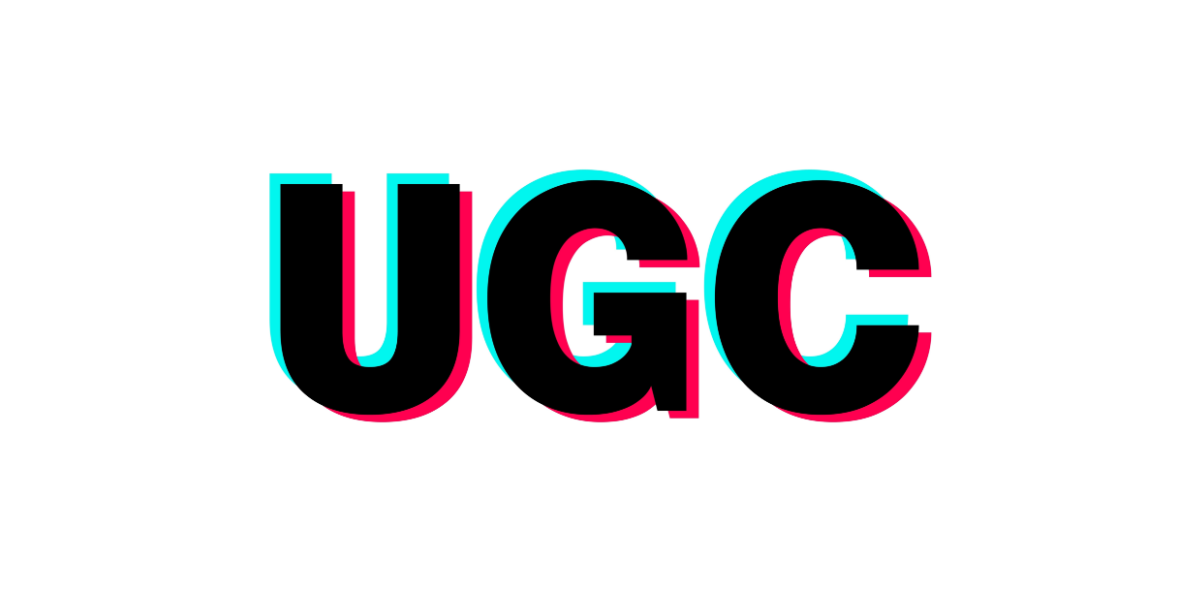Market research is a cornerstone of all successful, strategic businesses. It can also be daunting for entrepreneurs looking to launch a startup or start a side hustle. What is market research, anyway? And how do you…do it?
We’ll walk you through absolutely everything you need to know about the market research process so that by the end of this guide, you’ll be an expert in market research too. And what’s more important: you’ll have actionable steps you can take to start collecting your own market research.
What Is Market Research?
Market research is the organized process of gathering information about your target customers and market. Market research can help you better understand customer behavior and competitor strengths and weaknesses, as well as provide insight for the best strategies in launching new businesses and products. There are different ways to approach market research, including primary and secondary research and qualitative and quantitative research. The strongest approaches will include a combination of all four.
“Virtually every business can benefit from conducting some market research,” says Niles Koenigsberg of Real FiG Advertising + Marketing. “Market research can help you piece together your [business’s] strengths and weaknesses, along with your prospective opportunities, so that you can understand where your unique differentiators may lie.” Well-honed market research will help your brand stand out from the competition and help you see what you need to do to lead the market. It can also do so much more.
The Purposes of Market Research
Why do market research? It can help you…
- Pinpoint your target market, create buyer personas, and develop a more holistic understanding of your customer base and market.
- Understand current market conditions to evaluate risks and anticipate how your product or service will perform.
- Validate a concept prior to launch.
- Identify gaps in the market that your competitors have created or overlooked.
- Solve problems that have been left unresolved by the existing product/brand offerings.
- Identify opportunities and solutions for new products or services.
- Develop killer marketing strategies.
What Are the Benefits of Market Research?
Strong market research can help your business in many ways. It can…
- Strengthen your market position.
- Help you identify your strengths and weaknesses.
- Help you identify your competitors’ strengths and weaknesses.
- Minimize risk.
- Center your customers’ experience from the get-go.
- Help you create a dynamic strategy based on market conditions and customer needs/demands.
What Are the Basic Methods of Market Research?
The basic methods of market research include surveys, personal interviews, customer observation, and the review of secondary research. In addition to these basic methods, a forward-thinking market research approach incorporates data from the digital landscape like social media analysis, SEO research, gathering feedback via forums, and more. Throughout this guide, we will cover each of the methods commonly used in market research to give you a comprehensive overview.
Primary vs. Secondary Market Research
Primary and secondary are the two main types of market research you can do. The latter relies on research conducted by others. Primary research, on the other hand, refers to the fact-finding efforts you conduct on your own.
This approach is limited, however. It’s likely that the research objectives of these secondary data points differ from your own, and it can be difficult to confirm the veracity of their findings.
Primary Market Research
Primary research is more labor intensive, but it generally yields data that is exponentially more actionable. It can be conducted through interviews, surveys, online research, and your own data collection. Every new business should engage in primary market research prior to launch. It will help you validate that your idea has traction, and it will give you the information you need to help minimize financial risk.
You can hire an agency to conduct this research on your behalf. This brings the benefit of expertise, as you’ll likely work with a market research analyst. The downside is that hiring an agency can be expensive—too expensive for many burgeoning entrepreneurs. That brings us to the second approach. You can also do the market research yourself, which substantially reduces the financial burden of starting a new business.
Secondary Market Research
Secondary research includes resources like government databases and industry-specific data and publications. It can be beneficial to start your market research with secondary sources because it’s widely available and often free-to-access. This information will help you gain a broad overview of the market conditions for your new business.
Identify Your Goals and Your Audience
Before you begin conducting interviews or sending out surveys, you need to set your market research goals. At the end of your market research process, you want to have a clear idea of who your target market is—including demographic information like age, gender, and where they live—but you also want to start with a rough idea of who your audience might be and what you’re trying to achieve with market research.
You can pinpoint your objectives by asking yourself a series of guiding questions:
- What are you hoping to discover through your research?
- Who are you hoping to serve better because of your findings?
- What do you think your market is?
- Who are your competitors?
- Are you testing the reception of a new product category or do you want to see if your product or service solves the problem left by a current gap in the market?
- Are you just…testing the waters to get a sense of how people would react to a new brand?
Once you’ve narrowed down the “what” of your market research goals, you’re ready to move onto how you can best achieve them. Think of it like algebra. Many math problems start with “solve for x.” Once you know what you’re looking for, you can get to work trying to find it. It’s a heck of a lot easier to solve a problem when you know you’re looking for “x” than if you were to say “I’m gonna throw some numbers out there and see if I find a variable.”
How to Do Market Research
This guide outlines every component of a comprehensive market research effort. Take into consideration the goals you have established for your market research, as they will influence which of these elements you’ll want to include in your market research strategy.
Secondary Data
Secondary data allows you to utilize pre-existing data to garner a sense of market conditions and opportunities. You can rely on published market studies, white papers, and public competitive information to start your market research journey.
Secondary data, while useful, is limited and cannot substitute your own primary data. It’s best used for quantitative data that can provide background to your more specific inquiries.
Find Your Customers Online
Once you’ve identified your target market, you can use online gathering spaces and forums to gain insights and give yourself a competitive advantage. Rebecca McCusker of The Creative Content Shop recommends internet recon as a vital tool for gaining a sense of customer needs and sentiment. “Read their posts and comments on forums, YouTube video comments, Facebook group [comments], and even Amazon/Goodreads book comments to get in their heads and see what people are saying.”
If you’re interested in engaging with your target demographic online, there are some general rules you should follow. First, secure the consent of any group moderators to ensure that you are acting within the group guidelines. Failure to do so could result in your eviction from the group.
Not all comments have the same research value. “Focus on the comments and posts with the most comments and highest engagement,” says McCusker. These high-engagement posts can give you a sense of what is already connecting and gaining traction within the group.
Social media can also be a great avenue for finding interview subjects. “LinkedIn is very useful if your [target customer] has a very specific job or works in a very specific industry or sector. It’s amazing the amount of people that will be willing to help,” explains Miguel González, a marketing executive at Dealers League. “My advice here is BE BRAVE, go to LinkedIn, or even to people you know and ask them, do quick interviews and ask real people that belong to that market and segment and get your buyer persona information first hand.”
Interviews
Market research interviews can provide direct feedback on your brand, product, or service and give you a better understanding of consumer pain points and interests.
When organizing your market research interviews, you want to pay special attention to the sample group you’re selecting, as it will directly impact the information you receive. According to Tanya Zhang, the co-founder of Nimble Made, you want to first determine whether you want to choose a representative sample—for example, interviewing people who match each of the buyer persona/customer profiles you’ve developed—or a random sample.
“A sampling of your usual persona styles, for example, can validate details that you’ve already established about your product, while a random sampling may [help you] discover a new way people may use your product,” Zhang says.
Market Surveys
Market surveys solicit customer inclinations regarding your potential product or service through a series of open-ended questions. This direct outreach to your target audience can provide information on your customers’ preferences, attitudes, buying potential, and more.
Every expert we asked voiced unanimous support for market surveys as a powerful tool for market research. With the advent of various survey tools with accessible pricing—or free use—it’s never been easier to assemble, disseminate, and gather market surveys. While it should also be noted that surveys shouldn’t replace customer interviews, they can be used to supplement customer interviews to give you feedback from a broader audience.
Who to Include in Market Surveys
- Current customers
- Past customers
- Your existing audience (such as social media/newsletter audiences)
Example Questions to Include in Market Surveys
While the exact questions will vary for each business, here are some common, helpful questions that you may want to consider for your market survey.
Demographic Questions: the questions that help you understand, demographically, who your target customers are:
- “What is your age?”
- “Where do you live?”
- “What is your gender identity?”
- “What is your household income?”
- “What is your household size?”
- “What do you do for a living?”
- “What is your highest level of education?”
Product-Based Questions: Whether you’re seeking feedback for an existing brand or an entirely new one, these questions will help you get a sense of how people feel about your business, product, or service:
- “How well does/would our product/service meet your needs?”
- “How does our product/service compare to similar products/services that you use?”
- “How long have you been a customer?” or “What is the likelihood that you would be a customer of our brand?
Personal/Informative Questions: the deeper questions that help you understand how your audience thinks and what they care about.
- “What are your biggest challenges?”
- “What’s most important to you?”
- “What do you do for fun (hobbies, interests, activities)?”
- “Where do you seek new information when researching a new product?”
- “How do you like to make purchases?”
- “What is your preferred method for interacting with a brand?”
Survey Tools
Online survey tools make it easy to distribute surveys and collect responses. The best part is that there are many free tools available. If you’re making your own online survey, you may want to consider SurveyMonkey, Typeform, Google Forms, or Zoho Survey.
Competitive Analysis
A competitive analysis is a breakdown of how your business stacks up against the competition. There are many different ways to conduct this analysis. One of the most popular methods is a SWOT analysis, which stands for “strengths, weaknesses, opportunities, and threats.” This type of analysis is helpful because it gives you a more robust understanding of why a customer might choose a competitor over your business. Seeing how you stack up against the competition can give you the direction you need to carve out your place as a market leader.
Social Media Analysis
Social media has fundamentally changed the market research landscape, making it easier than ever to engage with a wide swath of consumers. Follow your current or potential competitors on social media to see what they’re posting and how their audience is engaging with it. Social media can also give you a lower cost opportunity for testing different messaging and brand positioning.
SEO Analysis and Opportunities
SEO analysis can help you identify the digital competition for getting the word out about your brand, product, or service. You won’t want to overlook this valuable information. Search listening tools offer a novel approach to understanding the market and generating the content strategy that will drive business. Tools like Google Trends and Awario can streamline this process.
Ready to Kick Your Business Into High Gear?
Now that you’ve completed the guide to market research you know you’re ready to put on your researcher hat to give your business the best start. Still not sure how actually… launch the thing? Our free mini-course can run you through the essentials for starting your side hustle.


















